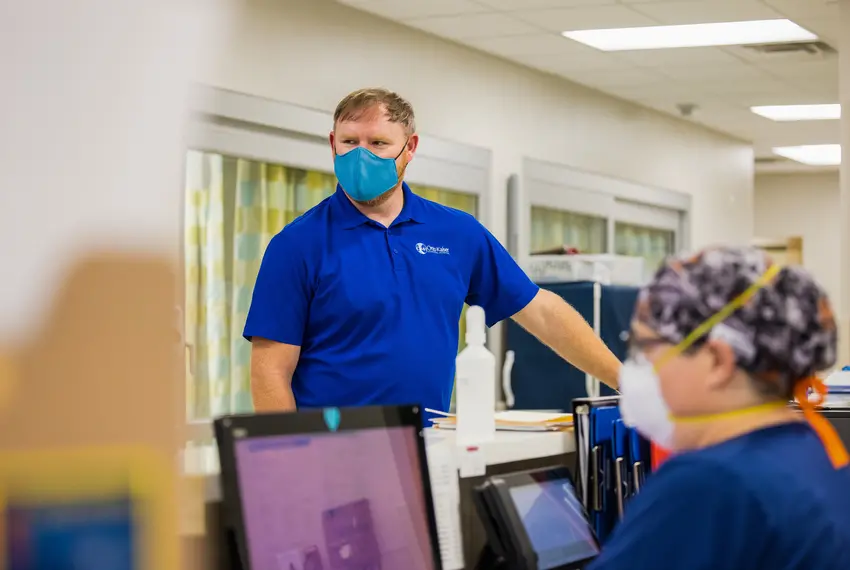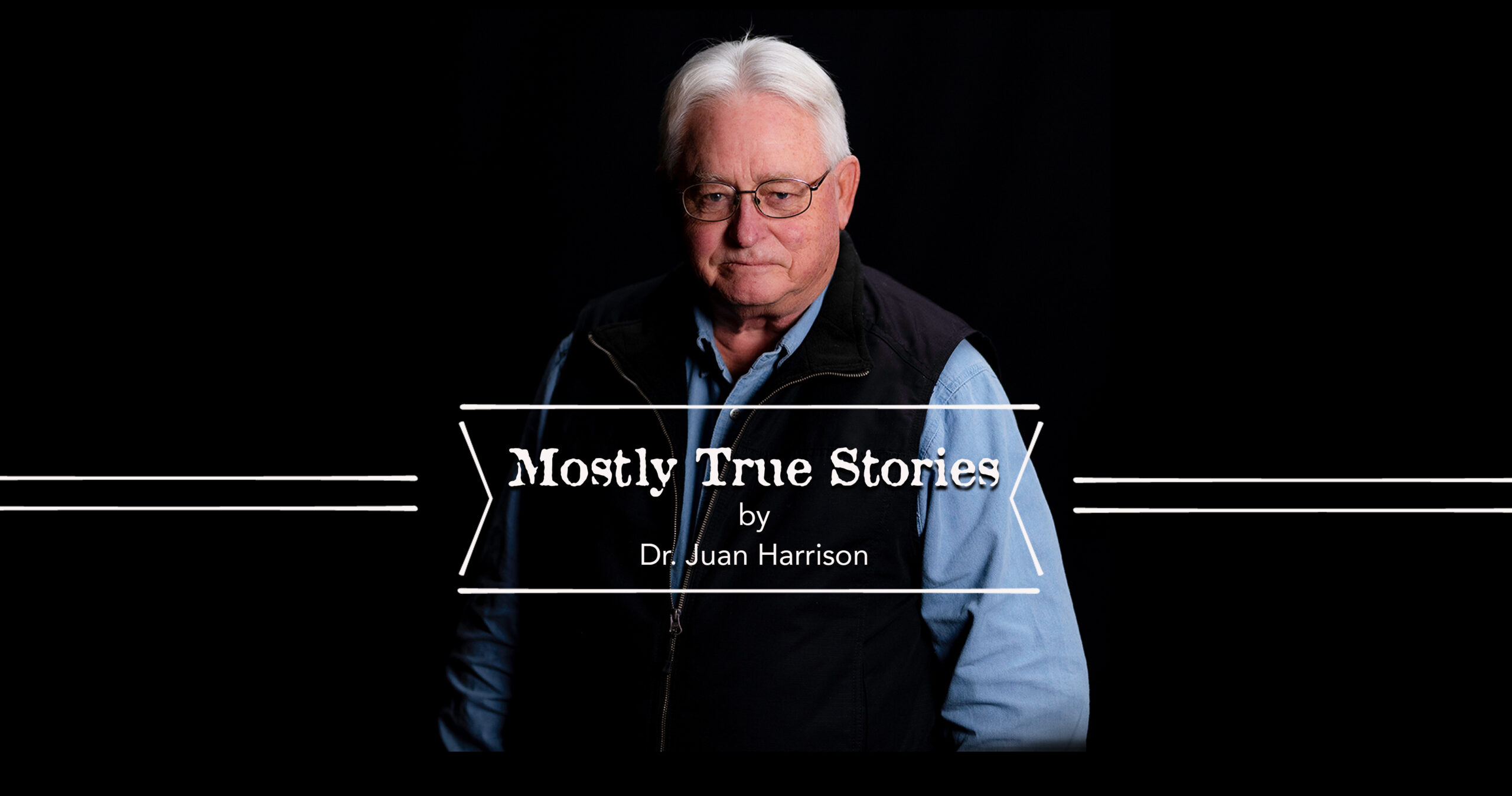More than two dozen of Texas’ rural hospitals haven’t received any COVID-19 vaccines

[adning id=”33097″]

More than two dozen hospitals in rural Texas, from the Panhandle to South Texas, are still waiting on doses of the COVID-19 vaccine to distribute to their front-line workers and community members, hospitals and health care advocates say.
Those that are lucky enough to be near another provider with shots available are relying on neighborly generosity — encouraged but not mandated by the state — to inoculate front-line workers, who are sometimes dealing with overflow patients from urban areas alongside their own coronavirus patients.
[adning id=”33207″]
But many small, rural providers don’t have neighbors with doses to spare, leaving them waiting or scrambling to find vaccine for their most high-risk front-line health workers, even as other counties have reportedly distributed excess vaccine doses to politicians and healthy members of the public.
Rural health care advocates say they understand that the logistics involved in the largest vaccination program in the nation’s history will involve some unavoidable inequities at first, but they note that many of their communities have been disproportionately ravaged by the pandemic.
“There’s no question there are massive inequities in this,” said Don McBeath, director of government relations for the Texas Organization of Rural & Community Hospitals. “While I think [state health officials] have made a concerted effort, and it has gotten better, the bottom line is that we still have nurses and doctors working in some rural communities around sick COVID patients, and they can’t get their hands on vaccines themselves. Something’s wrong.”
Advocates and rural hospital officials say the reasons for the lapse range from approval delays caused by technical issues with the application process to smaller providers’ inability, early on, to use or store the Pfizer vaccine, which initially was the only vaccine available.
The Pfizer vaccine can only be shipped in orders of 975 doses — way more than many small communities needed to vaccinate their front-line workers — and have to be stored in special sub-zero freezers that most rural hospitals don’t have.
The later arrival of the Moderna vaccine, which comes in smaller batches and can be stored in standard refrigerator conditions, helped alleviate some of those challenges, but delays in shipments, combined with the demand overwhelming the supply, has left these hospitals without doses to distribute to their own workers or other eligible residents in their communities.
Roughly 1.4 million doses have been shipped to Texas since mid-December, while more than 8 million people are in the groups that now qualify for the shots. Health care workers and residents of nursing homes and long-term care facilities, a group labeled as 1A, were prioritized for the first round of vaccines. People who are elderly and those with underlying conditions, a group known as 1B, were the next to be listed as eligible. The next group of eligible Texans still has not been announced.
[adning id=”33207″]
Gov. Greg Abbott and Texas Health Commissioner John Hellerstedt in late December urged health care providers to open up their distribution to more people and keep doses from “sitting on hospital shelves.” Hospital administrators have said doses are being given out as fast as possible and that no doses are being unused.
“The irony of the process is that DSHS is pushing hospitals to get shots into arms, but it’s kind of hard to do so if you don’t have the vaccine,” said Don Bates, CEO of Golden Plains Community Hospital in Borger, north of Amarillo.
Bates’ hospital has received no doses yet, but has relied on the local United Supermarkets Pharmacy for getting shots to about 50 of his front-line health care workers who wanted it.
Hutchinson County, where Golden Plains is located, is home to 21,000 people. Some 1,217 confirmed or probable COVID-19 cases have been reported in the county by state health officials. It borders Hansford County, where 642 cases have been identified as confirmed or probable, in a county of just over 5,000. In nearby Amarillo, hospital capacity is stretched, according to public health officials.
“The state failed to recognize that folks in rural communities travel to the larger communities often for work, shopping, dining, conferences and travel,” Bates said. “Our testing positivity rate has been just as high as some urban areas.”
Bates said he expresses his frustration regularly during calls with the Texas Department of State Health Services.
“I think sometimes the Panhandle of Texas is forgotten,” he said. “We’re treated like the proverbial red-headed stepchild.”
Chris Van Deusen, a DSHS spokesperson, said the agency was working with the rural and community hospital association on problems being experienced “as they arise.”
“I know there are still a number of hospitals working to complete their enrollment as a vaccine provider,” he said in an emailed statement. “Rural hospitals serve an important role in providing care in their communities, and we will allocate vaccine to them as they enroll. We will continue to work with [rural and community hospital association] and the facilities directly to help them complete that process.”
The state’s expert vaccine allocation panel, which makes recommendation to the state on which providers get vaccines shipped to them each week, “routinely” discuss the need for all Texans, regardless of location, to have access to the vaccine, said Carrie Kroll, vice president of advocacy, quality and public health for the Texas Hospital Association and an ad hoc consultant to the panel.
“Ensuring equitable distribution in terms of geography has been a priority, as has the epidemiology of the disease, including which populations are most at risk either because of their age or health status,” she said.
Her organization has been advocating that rural hospitals be included, and while they recognize the challenges, they are “very concerned” that some hospitals don’t yet have any doses to distribute to their workers.”The bottom line is that, first and foremost, all hospitals need to be able to protect and vaccinate their front lines,” she said. “We’d like to see doses at every hospital in Texas right now.”
The majority of rural hospitals in Texas, which McBeath said total 157 across the state, will have gotten at least some doses either delivered, shipped or allocated by the end of this week.
Some rural facilities, like Otto Kaiser Memorial Hospital in Karnes County, have been approved providers for weeks but haven’t received any doses to distribute yet. Otto Kaiser was approved by state health services on Dec. 18, but has yet to appear on any list for the first four weeks of the vaccine distribution.
[adning id=”33207″]














